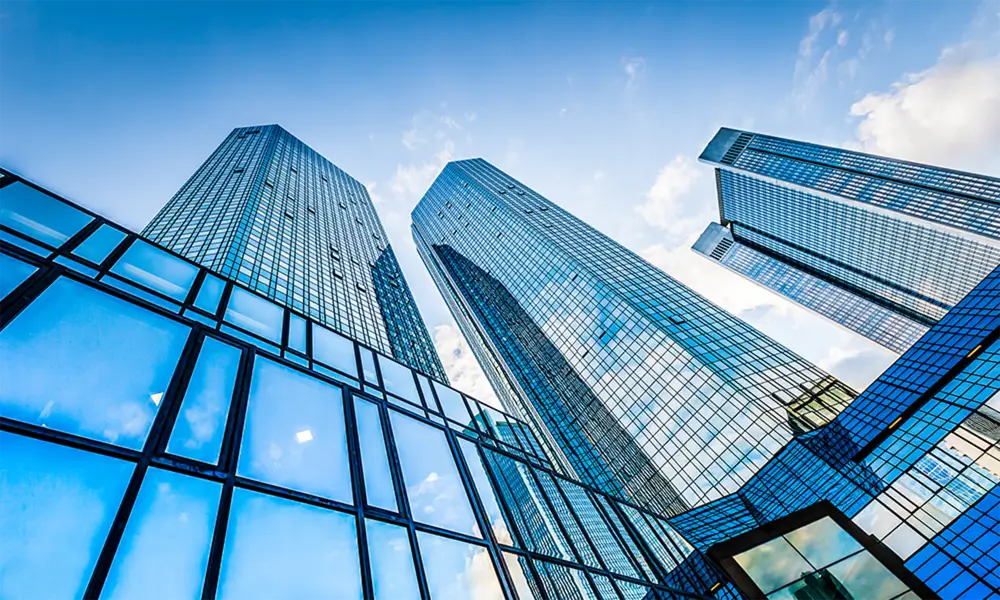

The Rise of Reflective Glass in China A Glimpse into the Future
Reflective glass has emerged as a significant player in China's construction and architecture sectors, transforming the way buildings are designed and perceived. As the demand for sustainable and aesthetically pleasing structures grows, reflective glass increasingly meets these needs, making it a centerpiece in modern architectural designs across the country.
Aesthetic Appeal and Functionality
Reflective glass is renowned for its unique aesthetic qualities. Its ability to mirror the surroundings creates an illusion of more space and enhances the beauty of architectural designs. In cities like Shanghai and Beijing, skyscrapers clad in reflective glass not only stand as landmarks but also contribute to the skyline's dynamic nature. The visual interplay between the buildings and their surroundings contributes to a sense of harmony and elegance.
Moreover, reflective glass is not just about looks. It plays an essential role in energy efficiency. By reflecting sunlight, it reduces heat absorption, lowering the energy consumption of air conditioning systems. This attribute is particularly advantageous in China's urban areas, where summers can be sweltering. As the government encourages sustainable practices, reflective glass serves as a practical solution for energy conservation, aligning with national efforts to reduce carbon emissions.
Environmental Considerations
The growing adoption of reflective glass in China is closely tied to the country’s commitment to sustainability. With urbanization on the rise, environmental concerns have become more pronounced. The production and use of traditional building materials often lead to increased carbon footprints; however, reflective glass offers a more sustainable alternative. Manufacturers are increasingly employing eco-friendly processes in glass production, utilizing recycled materials and reducing waste.

Additionally, the advancements in glass technology, such as low-emissivity (low-E) coatings, enhance the performance of reflective glass. These coatings improve insulation by reflecting infrared light while allowing visible light to pass through, further reducing energy consumption in buildings. As awareness of sustainable materials grows among architects and builders, reflective glass is set to become even more prominent in future projects.
Market Growth and Industry Trends
The reflective glass market in China is experiencing significant growth. Industry reports indicate a steady rise in demand driven by urbanization, infrastructural developments, and the increasing number of high-rise buildings. China’s investment in infrastructure has seen a surge in construction projects that emphasize modern design and sustainability, creating a robust market for reflective glass products.
Moreover, the rise of smart buildings incorporating reflective glass is another trend redefining the industry. Smart glass technology, which can change its properties based on environmental conditions, is gaining traction. This innovative approach integrates aesthetics with functionality, enhancing occupant comfort and building efficiency. As more developers embrace smart technology, reflective glass is positioned to play a crucial role in the layouts of future urban developments.
Conclusion
Reflective glass in China symbolizes the seamless blend of beauty, functionality, and sustainability. Its growing prevalence in architectural designs not only enhances the aesthetic value of buildings but also contributes to energy efficiency and environmental responsibility. As technology evolves and market demands shift, the reflective glass industry is poised for expanded growth and innovation, making it an exciting focal point in China’s architectural landscape. As we look to the future, it is clear that reflective glass will continue to shape the skylines of Chinese cities, reflecting both the heritage and aspirations of a rapidly developing nation.